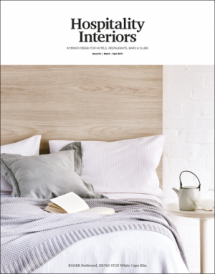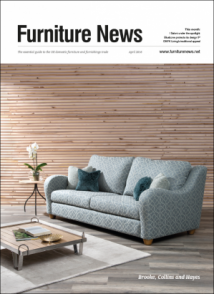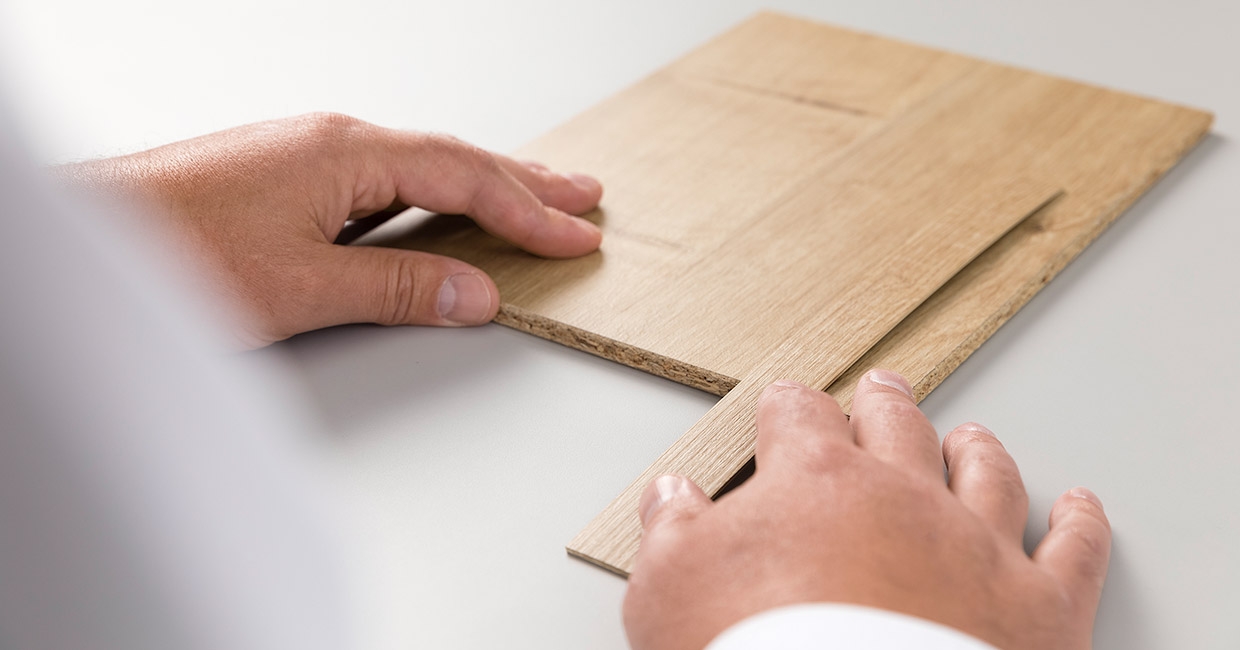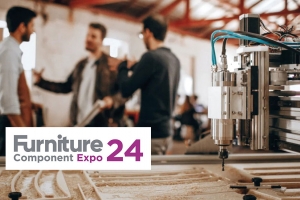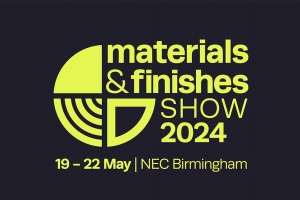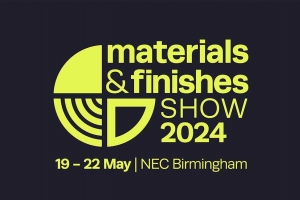Often underestimated, the creative part of creating Ostermann furniture edgings is an interesting process. The development of a new edging includes far more than just transmitting a décor from a board to an edging. The Ostermann experts inform about the challenges they are regularly facing when developing an edging décor.
Whether it is a new colour or a décor that makes it necessary to develop a matching new ABS edging: the transfer from a chipboard or an HPL product to the furniture edging requires a lot of experience and a good eye. After all, all properties of the board’s surface finish, such as embossing, gloss level, colour values as well as all classic décor elements must be transmitted to the ABS edging material. And that is by no means all.
From a décor paper to ABS material
The first challenge is posed by the different materials. You must convey the basic colours of the décor paper as accurately as possible to the ABS material, knowing fully well that the material properties of plastic are quite different from those of paper. With plain colours, the art is to reproduce the structure of the surface finish and the gloss level exactly. With décor edgings, there are additional requirements.
Vivid décors – a challenge
Modern wood décors convince with their vivid print designs with knotholes, inclusions and large-scale grains. The challenge of developing a new edging is to work out the individual elements of the décor and transfer them harmoniously onto the edging. The best edging, after all, is always the one you don’t see.
Why light is so Important
During the development of their edgings, the Ostermann experts are always aware of the effects of light and light refraction on the edging. The edging is a vertical surface, and the light refracts differently on it than it does on the horizontal board surface. The perfect effect of an edging, combining touch, gloss level and colour, is only achieved when the edging is applied to the board.
Feel it – transfer of haptics to the edging
The thicker an edging, the better you can transfer tactile elements from the large board surface to the narrow surface. For an embossing, however, you must always also have in mind to lay out the right basic colour for the edging.
From the first draft to a perfect edging
As you can see, there is plenty to be considered when developing a matching edging for a surface. The Ostermann experts rely on more than 30 years of experience and a competent décor management team to monitor and support the development of edgings from the first draft to the finished edging.
There is plenty to consider in the development of new edgings. With more than 30 years of experience, the Ostermann experts stand for truly professional décor management.
01905 793550
s.parsons@ostermann.eu
www.ostermann.eu
